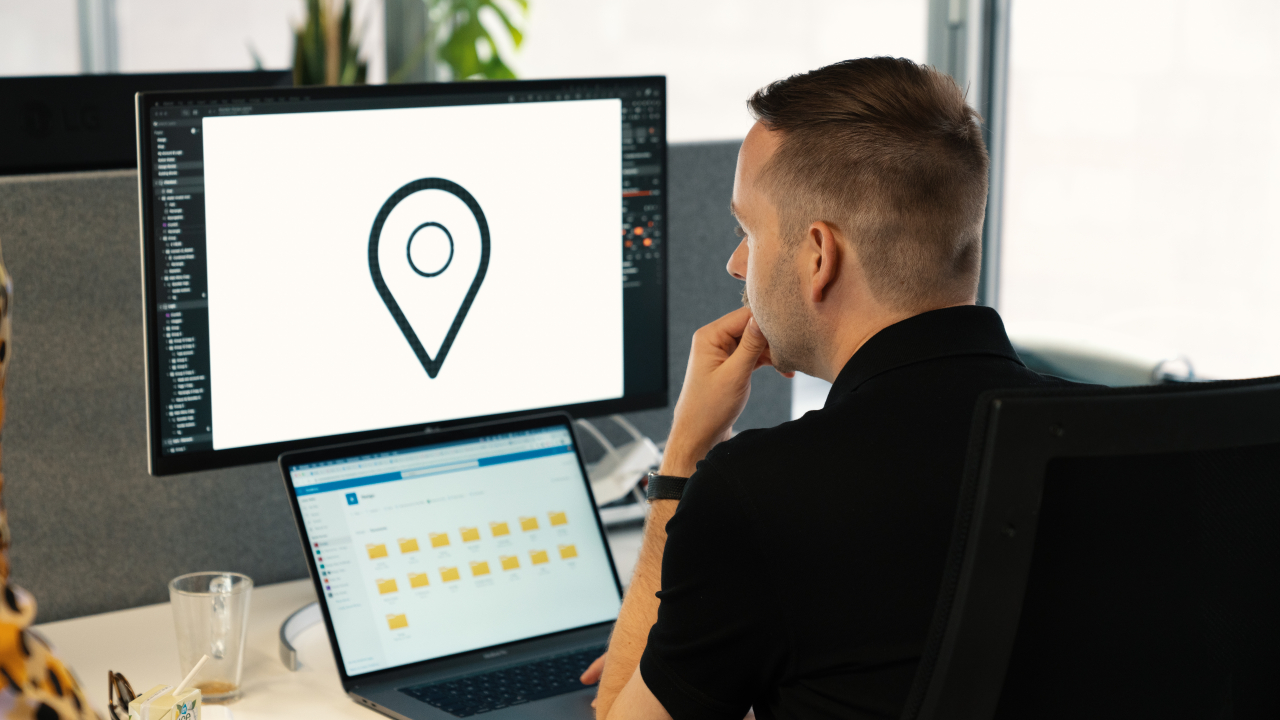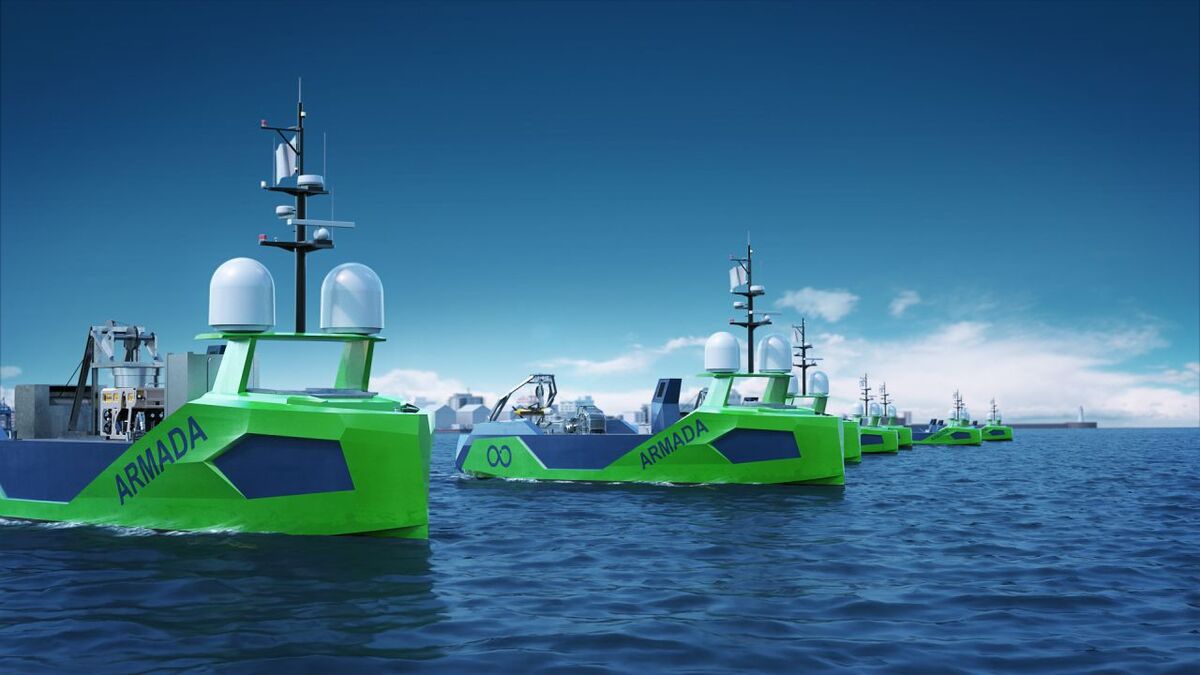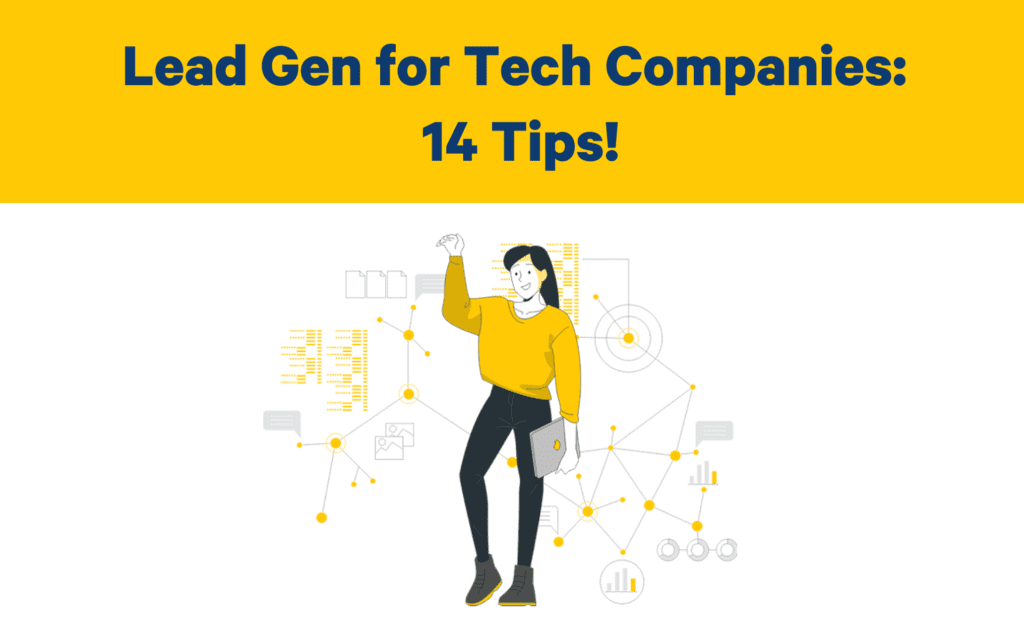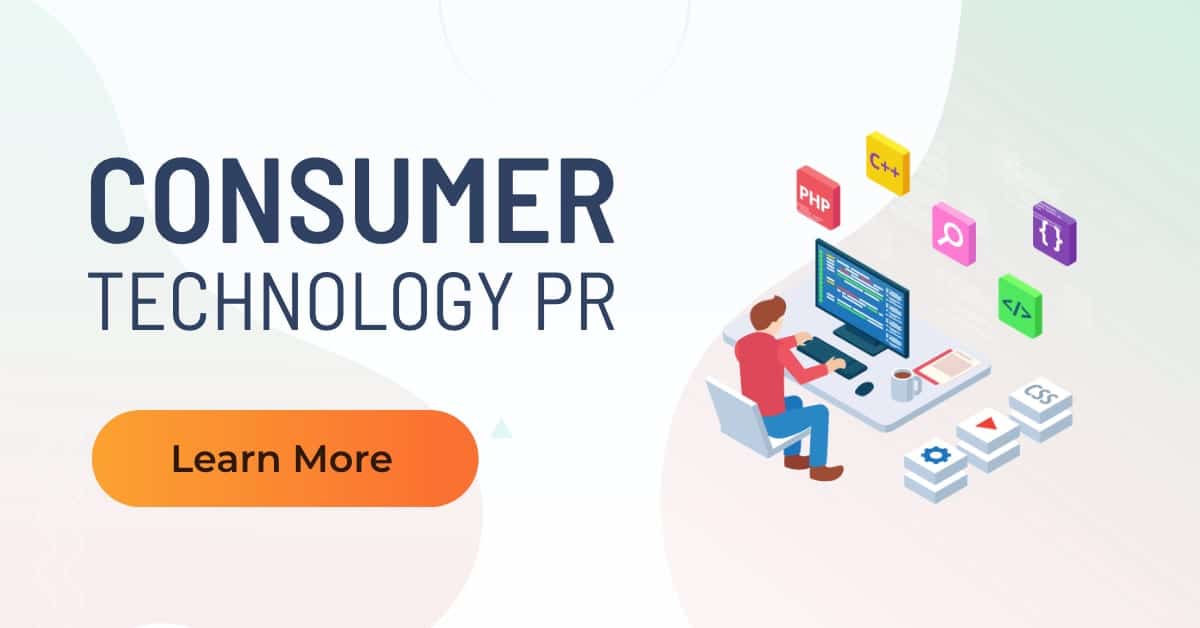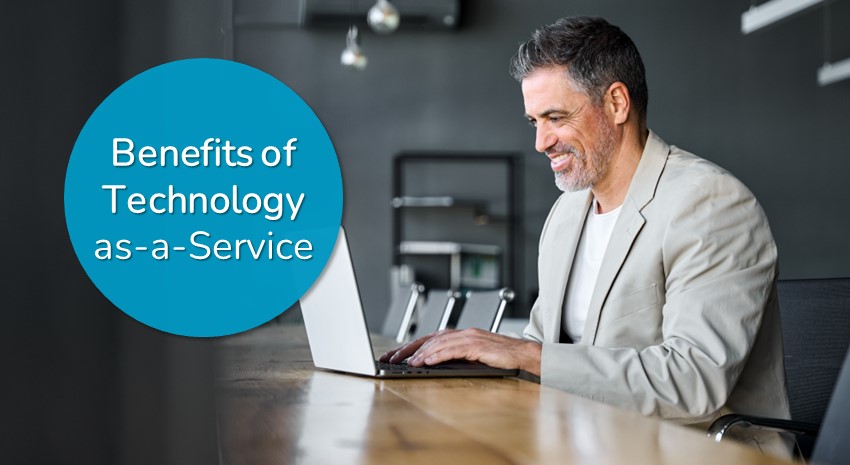Technology Booth: Design, Content, and Engagement
Technology booths are the heart of many conferences and trade shows, providing a platform for businesses to showcase their latest innovations and connect with potential customers. A well-designed technology booth […]
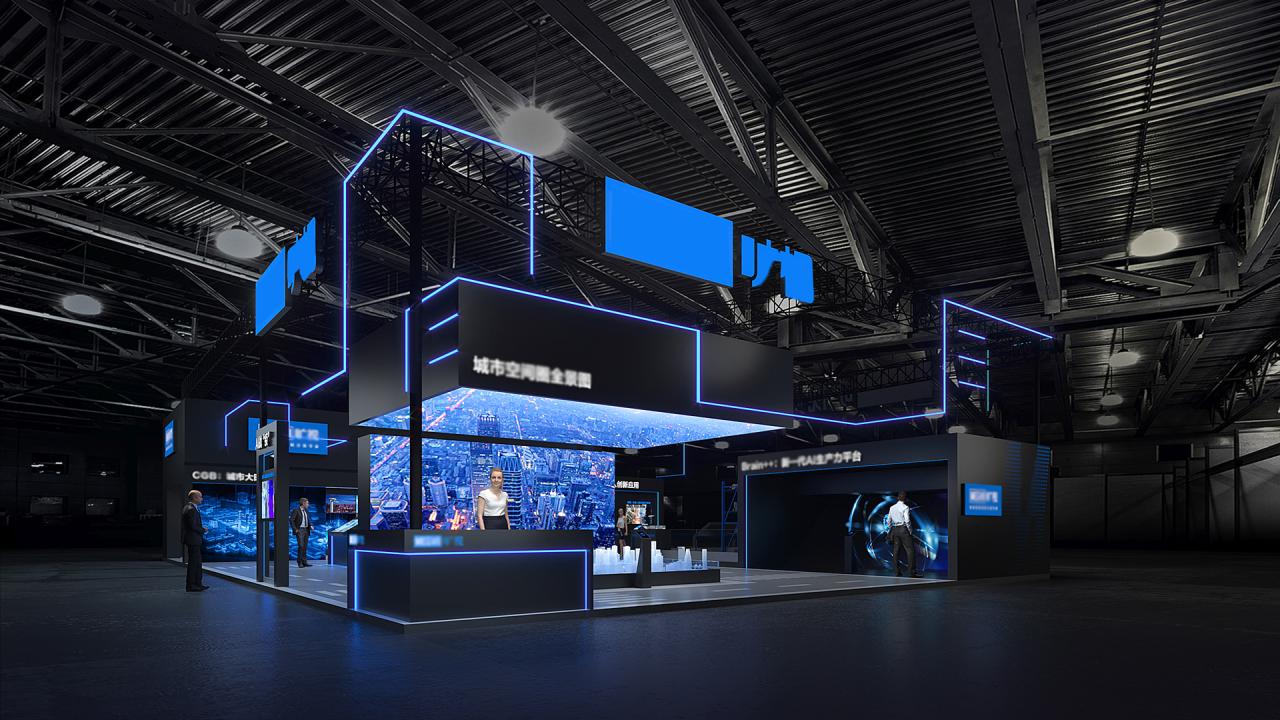
Technology booths are the heart of many conferences and trade shows, providing a platform for businesses to showcase their latest innovations and connect with potential customers. A well-designed technology booth can capture attention, generate leads, and ultimately drive business growth.
This guide delves into the multifaceted world of technology booths, offering insights into design, content, engagement strategies, and measurement methods. From crafting visually compelling layouts to creating interactive experiences, we explore the key elements that contribute to a successful technology booth presence.
Technology Booth Design and Setup
A technology booth at a trade show or conference is a crucial element for showcasing your company’s latest offerings and attracting potential clients. Effective booth design and setup are essential for creating a positive impression and maximizing engagement.
Visual Appeal and Functionality
A well-designed technology booth should be visually appealing and functional. This means striking a balance between aesthetics and practicality. The booth should be visually engaging, attracting visitors from afar and inviting them to explore further. It should also be functional, providing enough space for demonstrations, product displays, and visitor interactions.
Optimizing Booth Layout for Visibility and Engagement
The layout of a technology booth plays a critical role in its success. A well-planned layout ensures maximum visibility and visitor engagement.
- Clear Lines of Sight: The booth should be designed with clear lines of sight, allowing visitors to easily see the main displays and demonstrations. This can be achieved by using open spaces and strategically placing key elements.
- Traffic Flow: Consider the natural flow of traffic in the exhibition hall and design the booth to accommodate it. This can involve creating a welcoming entrance and guiding visitors through the space with clear pathways.
- Focal Point: Establish a focal point that draws visitors’ attention. This could be a large screen displaying a compelling video, a captivating product demonstration, or an interactive exhibit.
Technology Booth Designs for Different Industries
The ideal booth design varies depending on the industry and target audience. Here are some examples of effective technology booth designs for different industries:
- Software: Software companies can use interactive displays, demonstrations, and interactive games to engage visitors. They can also incorporate virtual reality (VR) experiences to showcase the capabilities of their software.
- Hardware: Hardware companies can use physical product displays, demonstrations, and interactive kiosks to showcase their products. They can also use augmented reality (AR) experiences to allow visitors to interact with the products virtually.
- Telecommunications: Telecommunications companies can use interactive displays, demonstrations, and simulations to showcase their services. They can also use social media integration to encourage visitor engagement.
Technology Booth Content and Messaging
A well-crafted technology booth should effectively communicate the value proposition of your technology, attract visitors, and generate leads. This requires a strategic approach to booth content and messaging.
Compelling Examples of Technology Booth Content
The following examples showcase how to effectively communicate value propositions in a technology booth:
- Problem-Solution Approach: Highlight a specific problem your technology solves. For example, if you offer a cybersecurity solution, showcase a real-world scenario of a data breach and demonstrate how your technology could have prevented it.
- Case Studies and Testimonials: Include case studies from satisfied customers showcasing the tangible benefits of your technology. Testimonials from industry experts can also add credibility and trust.
- Data-Driven Insights: Use data and statistics to support your claims. For instance, if you offer a marketing automation tool, demonstrate the ROI achieved by your clients through data visualization.
- Interactive Demonstrations: Engage visitors with interactive demos that allow them to experience your technology firsthand. This provides a hands-on understanding of its capabilities.
Engaging and Informative Display Materials
The following are examples of engaging and informative display materials for a technology booth:
- Brochures: Brochures should concisely explain your technology’s key features, benefits, and target audience. Include clear visuals and call-to-actions to encourage further engagement.
- Posters: Posters should be visually appealing and highlight the main selling points of your technology. Use bold headlines, eye-catching graphics, and concise messaging to grab attention.
- Digital Screens: Digital screens can display dynamic content, such as videos, product demonstrations, and customer testimonials. They add a modern touch and can be used to showcase interactive elements.
Concise and Memorable Booth Tagline
A compelling tagline captures the essence of your technology and its value proposition. Here are some examples:
- “Revolutionizing [Industry] with [Technology].” This tagline highlights the impact of your technology on a specific industry.
- “Simplifying [Process] with [Technology].” This tagline emphasizes the ease of use and efficiency provided by your technology.
- “Unlocking [Benefit] with [Technology].” This tagline focuses on the specific benefit your technology offers.
Technology Booth Interactions and Engagement
Engaging visitors and fostering meaningful interactions at a technology booth is paramount to creating a memorable and impactful experience. Effective strategies go beyond showcasing the latest technology and encompass a blend of interactive demonstrations, hands-on experiences, and engaging staff.
Interactive Technology Demonstrations
Interactive technology demonstrations are key to capturing visitor attention and sparking curiosity. They allow visitors to actively participate in the experience and gain a deeper understanding of the technology.
- Virtual Reality (VR) Experiences: Immersive VR demonstrations can transport visitors to virtual worlds, showcasing applications in gaming, training, and design. A VR headset and accompanying software can create realistic and engaging experiences. For example, a construction company could use VR to showcase a virtual tour of a planned building, allowing visitors to experience the design and layout firsthand.
- Augmented Reality (AR) Applications: AR overlays digital information onto the real world, enhancing user experiences. A booth could use AR to display product information, interactive tutorials, or even virtual product prototypes. Imagine a retail store using AR to showcase different furniture options in a customer’s living room, allowing them to visualize the space before making a purchase.
- Interactive Touchscreens: Touchscreens provide an intuitive way for visitors to interact with information, explore products, and play games. A touchscreen display can showcase product demos, interactive quizzes, or even a virtual tour of a facility. For instance, a car manufacturer could use a touchscreen to showcase different car models, allowing visitors to customize features and colors.
Hands-On Experiences, Technology booth
Hands-on experiences allow visitors to engage with the technology directly, making learning more engaging and memorable.
- Product Trials: Allow visitors to test out products firsthand, providing them with a tangible experience of the technology. A technology company could offer visitors the opportunity to try out a new smartphone, laptop, or wearable device.
- Interactive Games and Activities: Engaging games and activities can be a fun way to introduce visitors to new technologies and encourage interaction. A software company could create a game that demonstrates the capabilities of their latest software, while a robotics company could showcase a robot that interacts with visitors through games or puzzles.
- DIY Workshops: Hands-on workshops provide a valuable opportunity for visitors to learn new skills and gain a deeper understanding of the technology. A coding school could host a workshop teaching visitors basic coding concepts, while a 3D printing company could offer a workshop on designing and printing 3D models.
Effective Staff and Volunteer Utilization
Well-trained and enthusiastic staff and volunteers are crucial to maximizing visitor engagement.
- Knowledgeable and Passionate Staff: Staff members should be well-versed in the technology showcased at the booth and able to answer visitor questions with expertise. They should also be passionate about the technology and able to communicate its benefits effectively.
- Engaging and Approachable: Staff should approach visitors with enthusiasm and a welcoming demeanor, making them feel comfortable asking questions and exploring the booth.
- Active Engagement: Staff should proactively engage visitors, initiating conversations and offering demonstrations. They can guide visitors through interactive experiences, explain complex concepts in simple terms, and answer questions with clarity and enthusiasm.
- Data Collection and Feedback: Staff can collect valuable data by engaging with visitors, gathering feedback on their experience and preferences. This information can be used to improve future booth designs and interactions.
Technology Booth Measurement and Evaluation

Evaluating the success of a technology booth goes beyond simply counting visitors. It’s about understanding how effectively the booth achieved its objectives and how it can be improved for future events.
Measuring Booth Success
Measuring the success of a technology booth involves tracking various metrics to understand the impact of the booth on the business.
- Visitor Traffic: The number of people who visited the booth provides a basic measure of its popularity. This can be tracked using foot traffic counters, badges scanned, or a simple sign-in sheet.
- Lead Generation: The primary objective of most technology booths is to generate leads for potential customers. This can be measured by the number of business cards collected, leads captured through online forms, or appointments scheduled.
- Brand Awareness: Booths can also be used to increase brand awareness. This can be measured through social media mentions, website traffic, or surveys conducted at the event.
- Engagement: The level of engagement with the booth, such as time spent interacting with the technology, conversations with booth staff, and participation in activities, provides valuable insights into visitor interest and understanding.
Collecting Data and Feedback
Gathering data and feedback is crucial for understanding the effectiveness of the booth and identifying areas for improvement.
- Surveys: Post-event surveys can be used to gather feedback from attendees about their experience at the booth. These surveys should ask about the booth’s design, content, staff, and overall impact.
- Focus Groups: Conducting focus groups with a select group of attendees can provide deeper insights into their perceptions and experiences with the booth.
- Booth Staff Feedback: Booth staff are in direct contact with visitors and can provide valuable insights into what worked well and what could be improved. Encourage them to record observations and feedback during the event.
- Social Media Monitoring: Monitoring social media channels for mentions of the booth and the brand can provide valuable insights into attendee sentiment and engagement.
Analyzing Booth Performance Data
Analyzing booth performance data allows for the identification of trends, insights, and areas for improvement in future technology marketing strategies.
- Visitor Traffic Analysis: Analyze the flow of visitors to the booth, identifying peak times and patterns. This can inform staffing schedules and booth layout optimization for future events.
- Lead Quality Assessment: Evaluate the quality of leads generated through the booth by assessing their engagement level, interest in specific products or services, and potential for conversion. This can inform the targeting and messaging of future marketing campaigns.
- Engagement Analysis: Analyze the level of engagement with the booth content and activities. Identify areas that generated the most interest and those that could be improved for future events.
- Brand Awareness Evaluation: Track the impact of the booth on brand awareness through social media mentions, website traffic, and survey data. This can inform the development of future marketing campaigns and content strategies.
Technology Booth Trends and Innovations
The technology booth landscape is constantly evolving, with new trends and innovations emerging to enhance visitor engagement and lead generation. From interactive displays to immersive experiences, technology is transforming how businesses showcase their products and services. This section will explore emerging trends in technology booth design, content, and engagement, highlighting innovative technologies that can be incorporated into booth experiences.
Interactive and Immersive Experiences
Interactive and immersive experiences are becoming increasingly popular in technology booths. They allow visitors to engage with products and services in a more meaningful way, creating lasting impressions.
- Virtual Reality (VR) and Augmented Reality (AR): VR and AR technologies offer immersive experiences that transport visitors to new worlds or overlay digital information onto the real world. These technologies can be used to showcase products in realistic settings, provide interactive product demos, or offer virtual tours of facilities.
- Interactive Kiosks and Touchscreens: Interactive kiosks and touchscreens allow visitors to explore product information, play games, or participate in surveys. They can be customized with engaging content and visuals to enhance the booth experience.
- Interactive Walls and Projection Mapping: Interactive walls and projection mapping create dynamic and engaging displays that can be used to showcase products, share company information, or create immersive environments.
Data-Driven Insights and Personalization
Technology booths are increasingly leveraging data to personalize the visitor experience and gather valuable insights.
- Lead Capture and Analytics: Technology booths can use lead capture forms, QR codes, and other tools to collect visitor data and track engagement. This data can be used to analyze booth performance, identify lead quality, and personalize future marketing efforts.
- Personalized Content and Recommendations: Using data from visitor interactions, technology booths can provide personalized content and recommendations. This can include tailored product information, relevant case studies, or targeted offers.
- Real-Time Analytics and Reporting: Real-time analytics dashboards provide insights into booth performance, visitor demographics, and engagement levels. This data can be used to make informed decisions about booth operations and content.
Social Media Integration
Social media integration is essential for technology booths to reach a wider audience and generate online buzz.
- Live Streaming and Social Media Walls: Live streaming booth activities, such as product demos or presentations, can attract a wider audience and increase social media engagement. Social media walls can display real-time social media posts related to the booth or event, creating a sense of community and buzz.
- Social Media Contests and Giveaways: Social media contests and giveaways can encourage visitor engagement and generate leads. Visitors can be asked to follow the company’s social media pages, share content, or tag friends to participate.
- Social Media Check-in and Photo Booths: Social media check-in points and photo booths encourage visitors to share their experiences with the booth on social media. These activities can be branded with the company’s logo and hashtags to increase brand awareness.
Examples of Innovative Technology Booths
- The Google I/O Developer Conference: Google’s I/O conference features interactive exhibits, VR and AR experiences, and hands-on workshops that showcase the latest technologies. The conference provides a platform for developers to learn, connect, and explore the future of technology.
- The CES (Consumer Electronics Show): CES is a major technology trade show that features innovative products and technologies from around the world. Booths at CES often incorporate interactive displays, immersive experiences, and social media integration to attract attention and generate leads.
- The Microsoft Ignite Conference: Microsoft’s Ignite conference features interactive demos, workshops, and networking opportunities. The conference provides a platform for IT professionals to learn about the latest Microsoft technologies and solutions.
Last Point
By implementing the strategies Artikeld in this guide, you can create a technology booth that stands out, captivates visitors, and leaves a lasting impression. Remember, the key is to combine innovative design, engaging content, and interactive experiences to maximize visitor engagement and achieve your marketing goals.
Technology booths are a great way to showcase innovative solutions, and that includes assistive technology. Sometimes the simplest solutions are the most effective, and you might be surprised by the range of examples of low tech assistive technology available.
These devices can make a real difference in people’s lives, and a technology booth is a perfect place to learn more about them.
